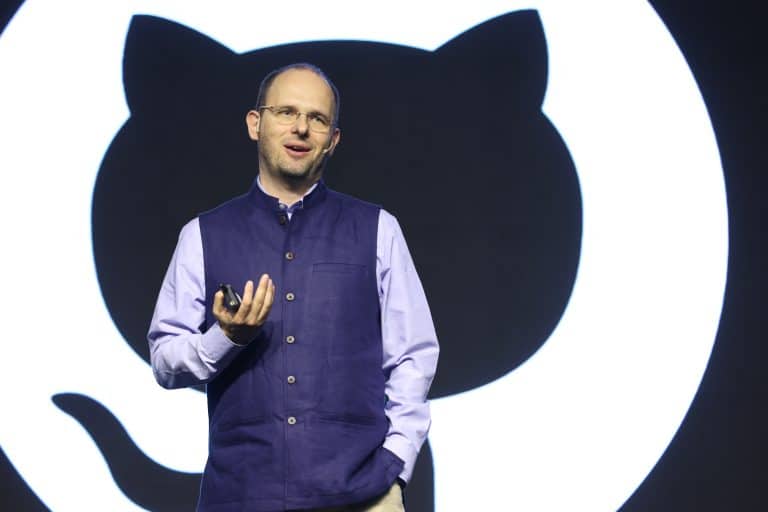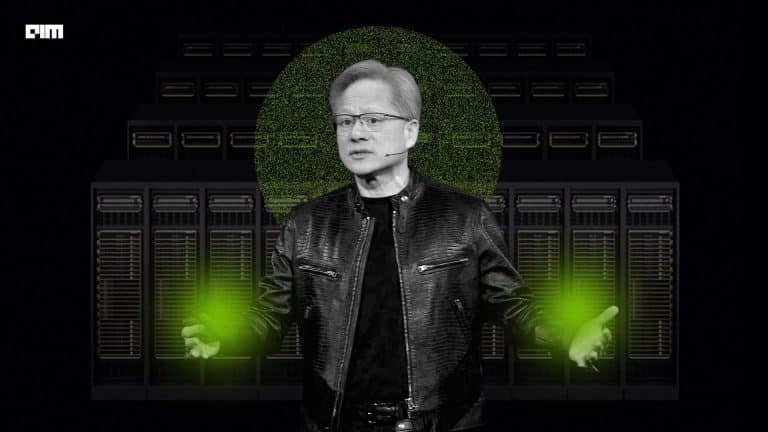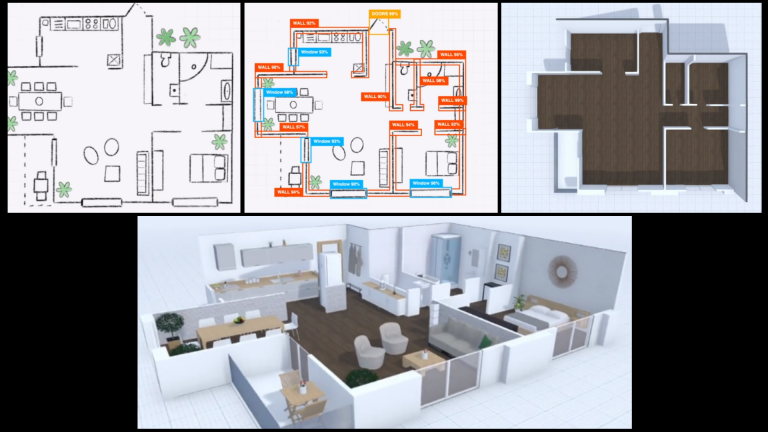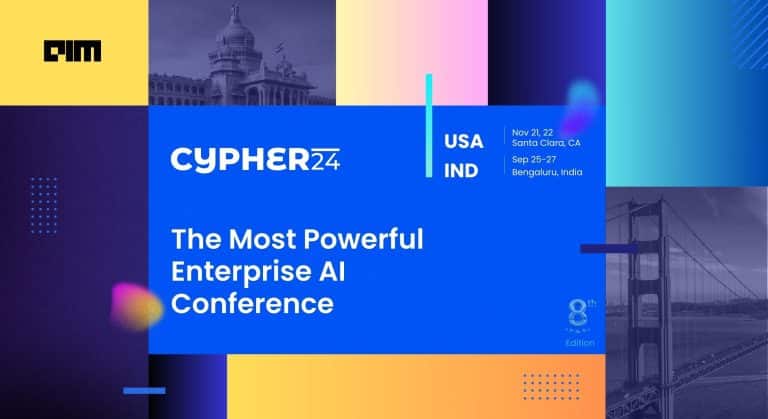Microsoft’s GitHub is on a roll. The company recently announced the launch of GitHub Models which will offer developers access to leading LLMs, including Llama 3.1, GPT-4o, GPT-4o Mini, Phi 3, and Mistral Large 2. “You can access each model via a built-in playground that lets you test different prompts and model parameters, for free, right in GitHub,” the company said in its blog post.
Who cares about going outside and enjoying the sunshine?? With GitHub Models, it’s a BCS summer ya’ll.
— Thomas Dohmke (@ashtom) August 1, 2024
It’s time to Build. Cool. Shit. https://t.co/7e7dh2Ak4y
“GitHub Models marks another transformational journey of GitHub. From the creation of AI through open source collaboration, to the creation of software with the power of AI, to enabling the rise of the AI engineer with GitHub Models – GitHub is the creator network for the age of AI,” said Github chief Thomas Dohmke.
With GitHub Models, the platform seeks to be more than just an AI pair programmer reliant on OpenAI’s models. Developers now have access to the latest LLMs and can experiment to find the one that best suits their needs. Just as ‘natural language’ has become a prominent programming language, GitHub is positioning LLMs as the go-to framework to develop new software and products.
With GitHub Models, over 100 million developers can now access and experiment with top AI models where their workflow is – directly on GitHub. This will allow developers to build AI applications whereever they manage their code.
“With GitHub Models, developers can now explore these models on GitHub, integrate them into their dev environment in Codespaces and VS Code, and leverage them during CI/CD in Actions – all simply with their GitHub account and free entitlements,” explained Dohmke.
GitHub is high on confidence as its financial performance has been equally impressive. During Microsoft’s recent earnings call, chief Satya Nadella said, “Copilot is driving GitHub growth overall. GitHub’s annual revenue run rate is now $2 billion.”
He further added, “Copilot accounted for over 40% of GitHub’s revenue growth this year and is already a larger business than GitHub was when we acquired it.” The AI-powered coding assistant now has 1.3 million paid subscribers, marking a 30% increase quarter-over-quarter, according to Nadella.
Meanwhile, GitHub Copilot Business has secured 50,000 enterprise customers across various industries. This year, Accenture plans to deploy the tool to 50,000 developers. Other notable enterprise customers include Goldman Sachs, Etsy, and Dell Technologies, Nadella said.
Getting ‘Huggy’ With AI Developers
Github Models seems to be inspired by Hugging Face. Hugging Face also provides the ability to test out different models. It offers Git-based code repositories, pre-trained models for NLP, computer vision and audio tasks, datasets for translation and speech recognition, and spaces for small-scale demos of machine learning applications.
github is so slow at shipping obvious features, first copilot and now what looks like a hugging face clone
— Nathan Benaich (@nathanbenaich) August 1, 2024
but when it strikes, distribution carries insane weight
gravity is real https://t.co/5TwbRgFX96
Recently, NVIDIA developed a playground called NVIDIA NIM, which hosts several open-source models covering reasoning, vision, retrieval, biology, and more. LMSYS Chat and Groq also offer playgrounds to try out different LLMs but none of them offer the capability to write code and build apps.
Hugging Face recently partnered with NVIDIA to offer inference as a service. These new capabilities will enable developers to rapidly deploy leading LLMs, such as the Llama 3 family and Mistral AI models, with optimisation from NVIDIA NIM microservices running on NVIDIA DGX Cloud.
Supposedly, GitHub Models also looks very familiar to Azure AI Studio, with Microsoft bringing it under GitHub so that developers who are active on GitHub can experiment with it.
Is this the first time that @Azure services are so deeply integrated into @github and visible to users? pic.twitter.com/ML5TSICUqu
— Philipp Schmid (@_philschmid) August 1, 2024
“Seems like this is a sales funnel for Azure’s OpenAI/LLM gateway with GitHub as a proxy(?). It’s a bit unclear. Regardless, I’d be pretty wary of adding either Azure or GitHub as a core dependency to any of my apps at this point with how poor uptime seems to be at both lately,” posted one user on Hacker News.
Even if it is true, this definitely seems to be an attempt by Microsoft to make GitHub a one-stop solution for developers to build AI applications.
4/7 But here's the plot twist: GitHub isn't just copying Hugging Face's homework. They're integrating these models right where your code lives. Imagine spinning up an AI model as easily as creating a new branch. Mind. Blown. 🤯
— Fatih (@fatih2211) August 1, 2024
The G in AGI Stands for Github?
Dohmke quipped, “The path to AGI will not be built without the source code and collaboration of the interconnected community on GitHub.” However, during his recent visit to India, he expressed different views on AGI.
The path to AGI will not be built without the source code and collaboration of the interconnected community on GitHub.
— Thomas Dohmke (@ashtom) July 27, 2024
“I think everybody has a different understanding of what AGI even means and what the G is. I think today I see no sign that machine learning models, or large language models, have sentience. They are not creative. They are machines created by us that help us with the things that we want to do,” he said in an interaction with AIM.
Moreover, he believes that GitHub will enable 100 million developers to become AI engineers and AI won’t take away the jobs of developers. “In many ways this new age of AI has actually created more demand for developers because now somebody also has to build all the AI systems.
“When you embark on a new job, whether fresh out of college or transitioning from another company, the primary challenge is understanding the company’s operations and code bases, which could be thousands of files,” he said.
A tool like Copilot could be very useful for entry-level coders. Moreover, Dohmke believes that going forward, applicants will be expected to be adept at using AI tools like Copilot and ChatGPT.
“Some software companies have even begun incorporating Copilot into their interview processes, replacing traditional coding exercises with tasks that assess applicants’ ability to utilise these tools effectively,” Dohmke said.
































